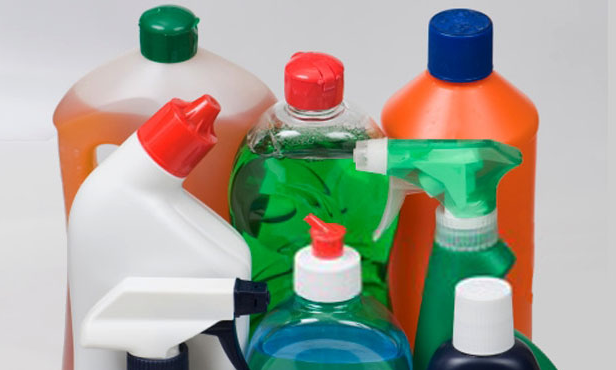

CPAP users come directly in contact with a CPAP mask. They put it right on their mouth area, which is quite susceptible to upper respiratory infection. Thus, keeping the CPAP supplies neat and clean is vital for your health. So, if you are undergoing a CPAP treatment, then cleaning your CPAP mask is of utmost importance for your health.
As for hygiene, the machine can contain the dead skin cells of the person who used it. Therefore you need to disinfect it with a mild soap solution. To keep it clean and hygienic, you can follow this guide, as it will provide you with the step-by-step thorough cleaning of CPAP components.
CPAP stands for continuous positive airway pressure. It is used in treating sleep-related breathing disorder that includes obstructive sleep apnea. Doctors also recommend use with infants who have underdeveloped lungs. CPAP therapy has been proven to be effective for sleep disorders. The CPAP machine uses mild air pressure to keep the breathing passage open while you sleep.
When suffering from sleep apnea airway becomes partially blocked wither by your tongue, throat or any part of the mouth resulting in fluctuation of breathing, which results in improper delivery of oxygen to the body. This machine can be used for many breathing-related problems such as asthma, people with fluid in their lungs, chronic obstructive pulmonary disease etc.
There are three main types of CPAP machines, continuous PAP (CPAP), auto-adjusting PAP (APAP) and bilevel PAP (BiPAP), all used in specific situations when required.
As this machine provides mild air pressure to keep the air pathway open while you sleep, it's important to keep the mask and the hose clean so that no contaminants or germs may accumulate on the mask and the air tube. That can damage both the machine and harm your lungs.
When not cleaned properly, dust particles may accumulate over time, making your machine more likely to break, which can cause a defect in its functioning. Also, cleaning your CPAP humidifier chamber is essential to keep it from becoming rusty.
Just like everything, when not cleaned at regular intervals, it gets dirty and sometimes may not work properly after a short while due to dust deposits in the machine. The CPAP machine uses a mask that you put on your face.
Not cleaning it on a regular basis will result in an oil deposit, and germs will accumulate more, which can give you a skin infection or rash. Not cleaning the equipment can only worsen the case if you suffer from lung disease.
Manufacturers of CPAP machines recommend cleaning the machine regularly. CPAP parts like humidifier tanks, masks, and CPAP tubing should be cleaned once every week.
Washing it with warm water or cleaning it with a damp cloth at regular intervals not only keeps it hygienic and safe from germs but also keeps your machine in good shape.
If you are sick, it is recommended to clean the equipment daily with mask wipes. Alternatively, you can also use disposable filters, which you can throw away after one-time use.
CPAP cleaning is crucial to avoid germs and dust particles entering your lungs. You can use CPAP cleaning supplies while doing the task. Here are some steps on how to clean the equipment properly.
If you use CPAP at night to help you with your breathing problem, you might want to clean your machine regularly so that any contaminants and germs deposited on it don't make you sick. According to the owner's manual, you can easily clean your machine parts with warm soapy water.
Moreover, two types of machines in the market can clean a dirty CPAP machine; one uses ozone gas which is potent enough to be dangerous and toxic after a certain level. Others use UV light which can cause burns and increase cancer risk due to overexposure. CPAP cleaner is also known as CPAP sanitising machine.
According to the FDA, there hasn't been a machine they approve that is suitable enough to clean a CPAP machine. FDA has requested data from companies who manufacture such devices to submit data demonstrating the cleaners' safety.
Cleaning your equipment is necessary, especially when it is health-related. Cleaning it correctly is the main deal because it gives you a better result, and your equipment lasts longer.
Leave a comment